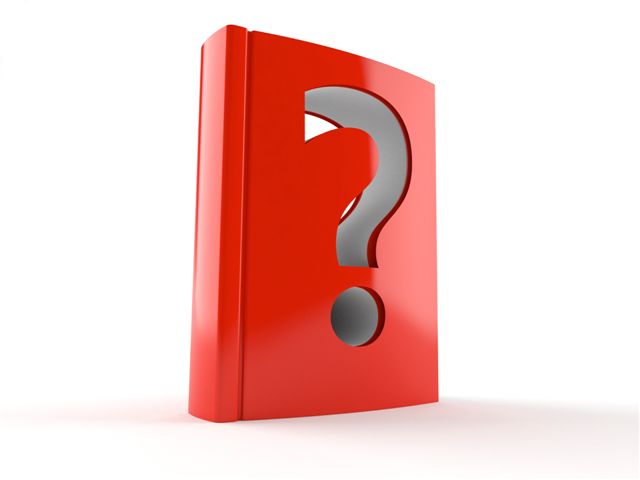To read or not to read? Australian War History
Sutherland Shire Libraries
Friday, April 19, 2013
Learn more about Australian War History as ANZAC Day approaches. This is a story that read like fiction, but is actually all fact. It follows the footsteps of the heroes and villians of the Kokoda campaign, a tribute to those young men who fought so courageously.
To read or not to read? ...You decide after reading these opening paragraphs...
Chapter One
The mid-1920's...There is a special kind of drone teachers assume when they are giving a lesson about something they don't particularly care about, and know that their students care for even less. So it was on this hot afternoon at Warrandyte High School in the old mining town some twenty miles northeast of Melbourne, as ol' Mr Hallett was pointing out to his students just one more bit of the map of the world that was coloured in red because it was another part of the British Empire, on which the sun never set.
'And here, boys and girls,' he was saying. 'are the territories of New Guinea and Papua, which as you can see. are squarely in the tropics. The "Papua" part in the territories of New Guinea and Papua came from Jorge de Meneses, a Portugese seafarer who arrived in 1526 and is thought to have been the first European to discover it. He named it Papua after the Malay word which means "fuzzy- haired man". It wasn't until 1884 that the Germans and British established colonies on the northeast and southeast sections respectively of the island. In 1906, Australia took over control of the British colony and in 1914 when the Great War started, it also occupied the German areas.In 1920 the League of Nations formally decreed that it should be a territory of Australia. There are no fewer than eight hundred tribes in the territories of New Guinea and Papua, and one third of the world's languages are spoken there. All in an area no more than 500 000 square miles. Its average rainfall, in some places , incredibly, rises as high as 150 inches!'
Stan Bisset, all of twelve years old, listened and paid attention as best he could, because generally he was a conscientious kind of student, but it tested even him. New Guinea was a place that sort of brooded at the top of the map of Australia, but it wasn't somewhere that quickened his interest the way that say, London, or New York or Paris did. New Guinea was just a bit of a blob that might be geographically close to Australia, but that was about it.
If you would like to keep reading this book, you can request a copy from the Library.
